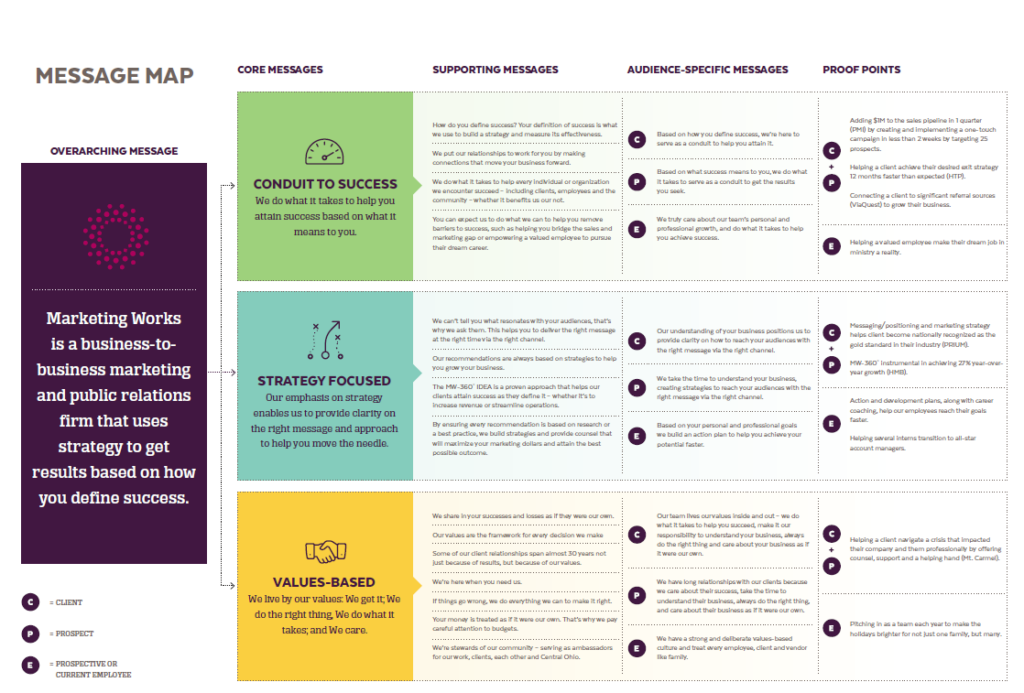
Do you know what is expected of you at work? Does the mission/purpose of your company make you feel like your job is important? In the last year, have you had opportunities to learn and grow?
If you and your fellow associates cannot answer these questions in a positive manner, it’s worth giving some thought to your culture and how you’re sharing it internally and externally.
Organizations that have a strong culture and live their values benefit from labor cost advantages, increased applicant pools, employee/customer loyalty and increased profitability and productivity. The cost of having a poor culture is increased healthcare costs due to higher stress and accidents and employee disengagement resulting in 37% more absenteeism and 60% more errors. However, the biggest issue associated with a poor culture has been quantified to be 16% lower profitability, 18% lower productivity and 65% lower shareholder value.
So, how do you create a strong culture and a strategy to share it? We discussed this topic at our latest Meeting of the Minds event on September 13 held at The Refectory.
Alec Broadfoot, co-owner and CEO of VisionSpark and our president, Bill Kiefaber led the interactive session. Key insights and tools were shared to help organizations determine if you have the right people in the right seats and how to communicate your culture effectively internally and externally to impact the bottom line. The tools shared include the Q12/Engagement Survey by Gallup, EOS People Analyzer and AchieverTM.
Once you have the right people in the right seats, you need to ensure your team understands your culture and can communicate what makes you unique. To do this you need to talk to your current team as well as key external audiences (e.g., clients, prospects, partners, etc.) to define what makes your organization unique. We developed a message map to guide our team on our differentiators and the messages to share internally and externally. Once your team is engaged and aligned on your core values and unique points of differentiation, it’s time to build a communications strategy and engage your key audiences.
To summarize, here are the three key lessons from the event:
- Inventory and evaluate team members
- Right leaders in place
- Define expectations
- Determine desired behaviors
- Inspire
- Hire the right people
- Leaders, managers and supervisors must be aligned
- Provide your HR team with the right process and tools
- Identify what makes your organization unique
- Build internal buy-in first
- Communicate externally
- Measure and update as needed
To learn more about how you can impact your bottom line with the right culture and strategy, contact Bill Kiefaber at bill@marketingworks360.com or 614-540-5520.
